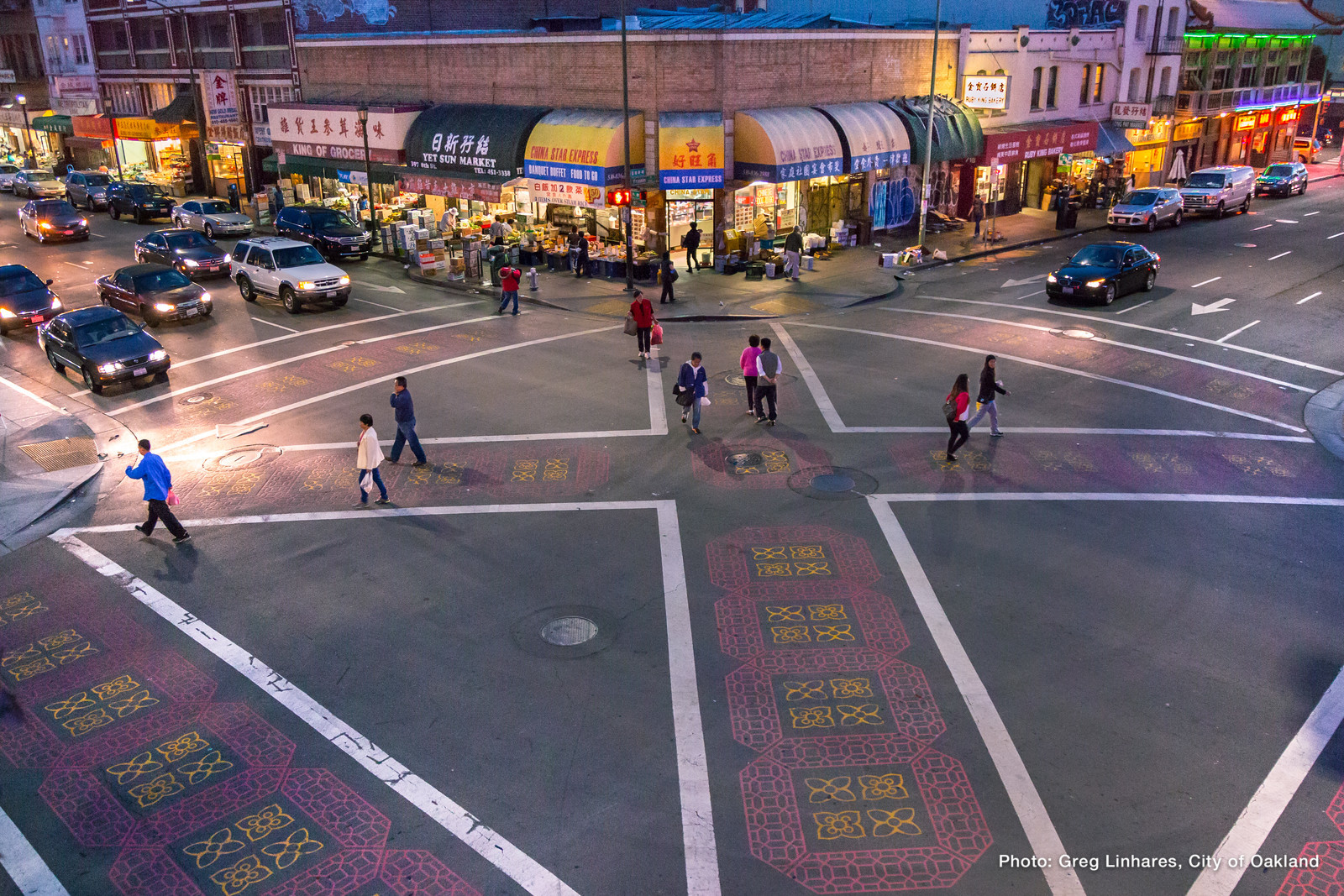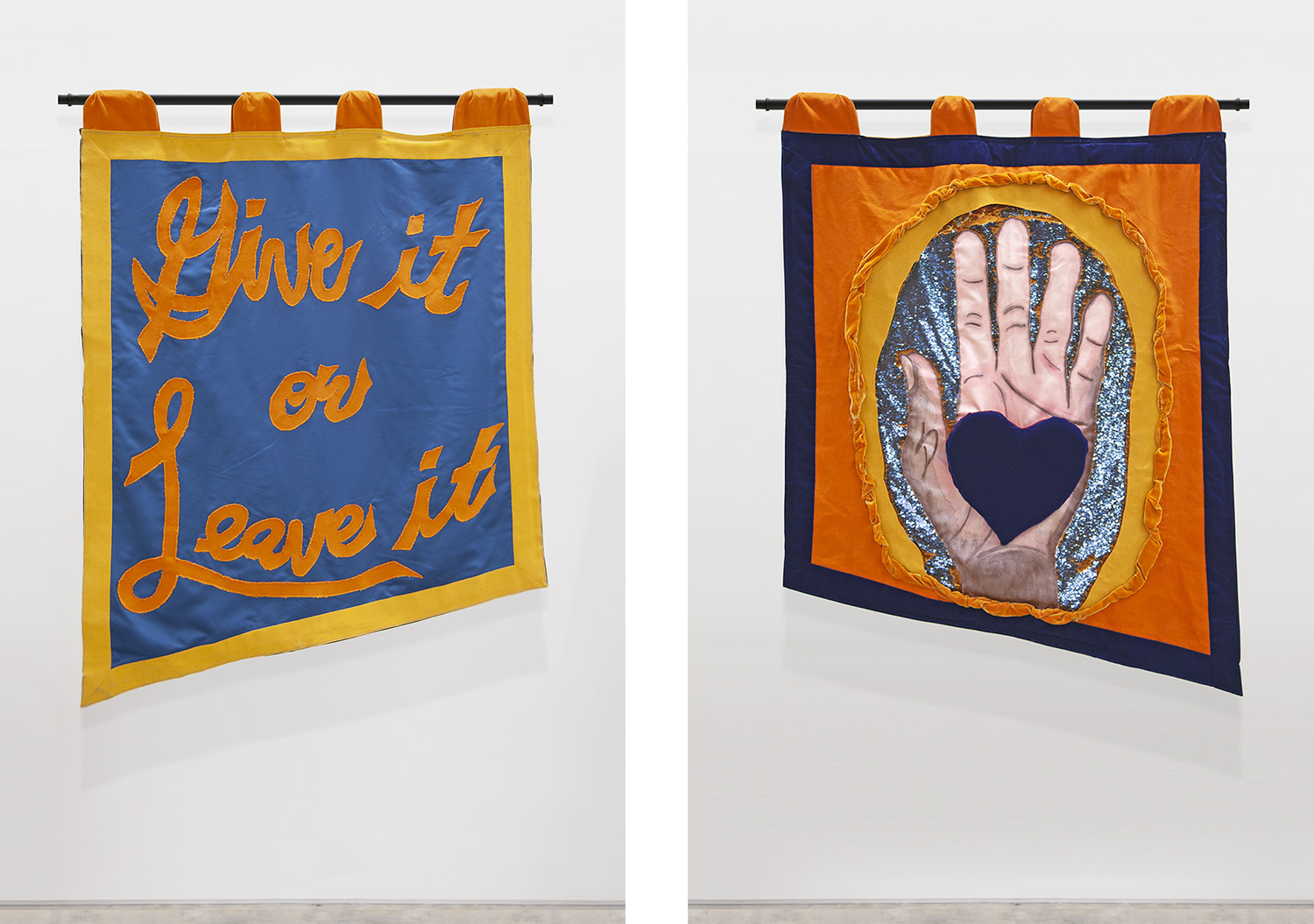
Drylongso: A Captivating 90s Indie Film That Defies Genre
Cauleen Smith’s 1998 debut film, Drylongso, is a captivating 90s indie that resists genre classification. This charming film tells the story of Pica, a young California girl who takes Polaroids of young black men as an endangered-species record. The title, Drylongso, is an African American term from the US south meaning “ordinary” or “ordinariness,” but there’s nothing ordinary about this film.
 Pica’s world in Oakland, California
Pica’s world in Oakland, California
Shot in her 20s while still in grad school at UCLA, the film has a distinctive DIY aesthetic, but it’s the unaffected charm and guilelessness of its performances that make it truly captivating. Pica, played by Toby Smith, lives with her mother and grandmother in a chaotic house near Oakland, California, where she is enrolled in a photography class. Instead of creating artistically refined studies on 35mm film cameras as demanded by her professor, Pica takes Polaroids of young black men because she believes this is a kind of endangered-species record, as so many of these men will wind up in prison or dead.
 Pica’s Polaroid camera
Pica’s Polaroid camera
Pica befriends Tobi, a young woman who dresses as a boy on the street to intimidate white people and avoid sexist harassment from everyone. She also has a gentle romance with a local artist, which brings her fatefully into contact with a serial killer who has been terrorizing the neighborhood.
 The neighborhood where Pica’s story unfolds
The neighborhood where Pica’s story unfolds
The charm and distinction of Drylongso lie in its resistance to genre: it isn’t exactly a social-realist drama, nor precisely a thriller, nor specifically a romance. Its bizarre serial killer storyline, though involving murder and horror, is perhaps not to be taken entirely seriously. In fact, it is closer to being an urban pastoral, a midsummer night’s dream in Oakland.
 Cauleen Smith, the filmmaker behind Drylongso
Cauleen Smith, the filmmaker behind Drylongso
Drylongso is evidence of a unique talent, and its re-release for its 25th anniversary is a welcome opportunity to rediscover this captivating film.











